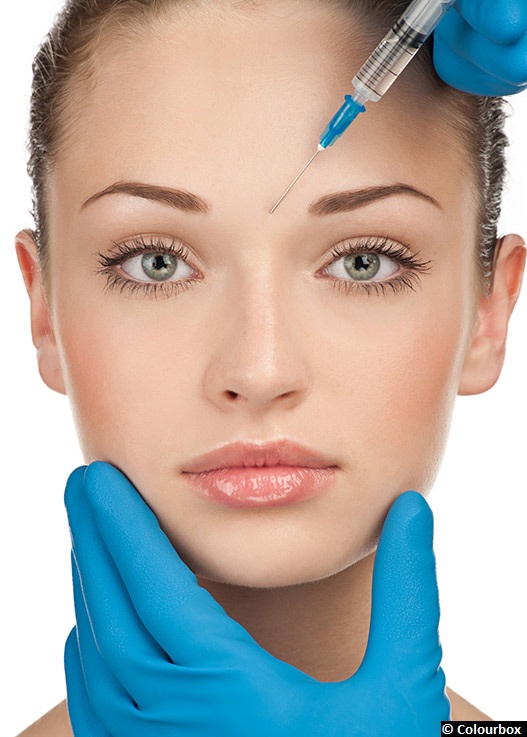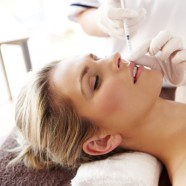
Botulinum toxin type A-1, better known as Botox, is a neurotoxic protein which was formerly used for the treatment of neurological disorders. Since the early 90ies, it has advanced to the cosmetic industry, using the effect of nerve and consecutive muscle inhibiton in the face, and reducing the appearance of wrinkles.
Studies have shown that the psychological effects of botox application on the clients are complex. If the injections result in an improved self-perception, this positively influences social interactions and elevates the degree of satisfaction. The brain answers with neurotransmitters like Dopamine and Serotonin, which are known for their role in the antidepressant therapy.
However it is important to note that those benefits are mainly observed when the driving force is self-satisfaction. People in the fashion industry, especially models, are under compulsion to primarily satisfy the spectators because beauty and youth are the most essential parts of their profession. The aim of botox usage in this context is only to maintain these features producing a decrease of the positive effects that are mentioned above.
One consequence is that overuse is often seen in the fashion industry bringing forth serious physical and emotional disadvantages.
By
Dr. Hendryk Vieweg & Dijana Zeravica











